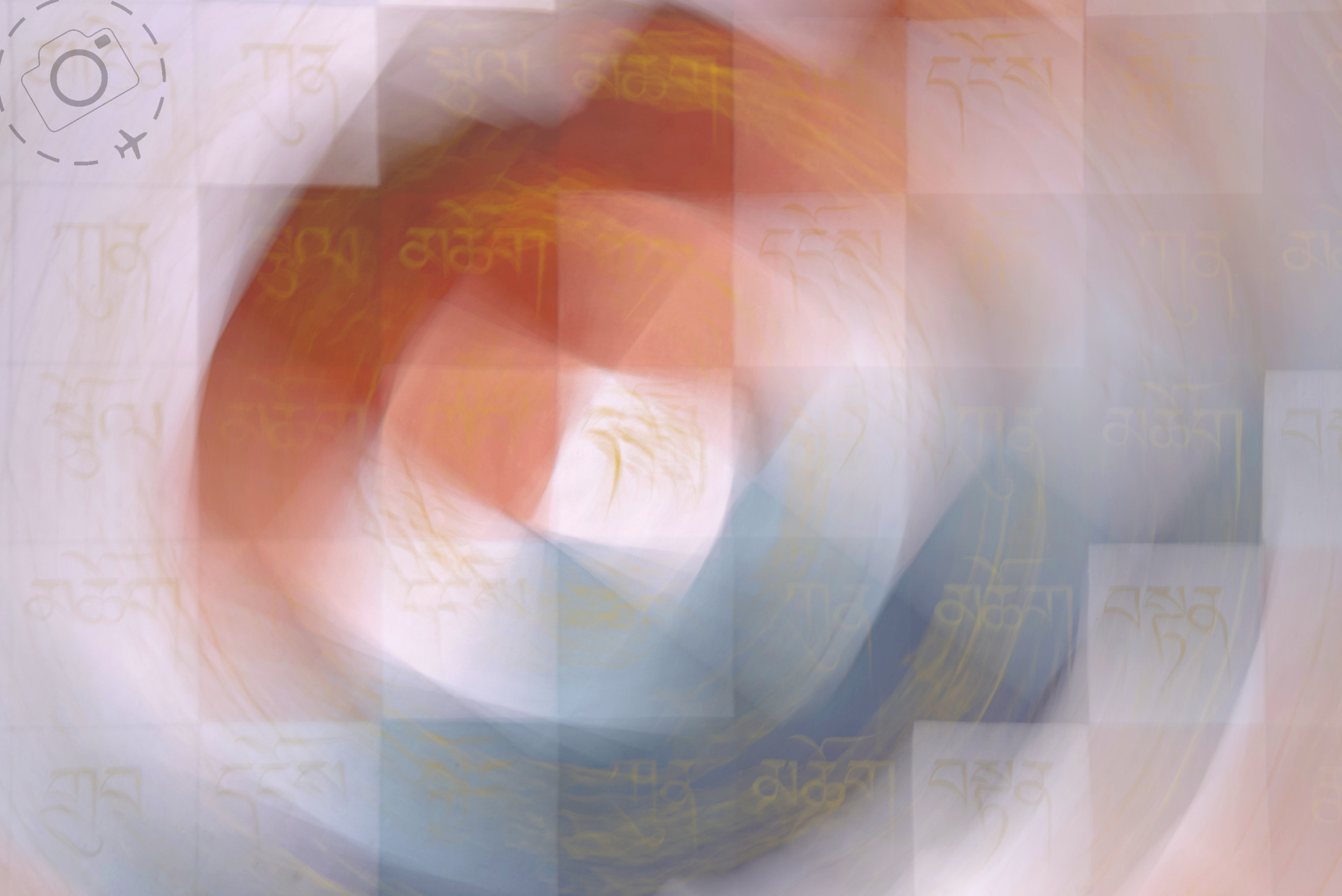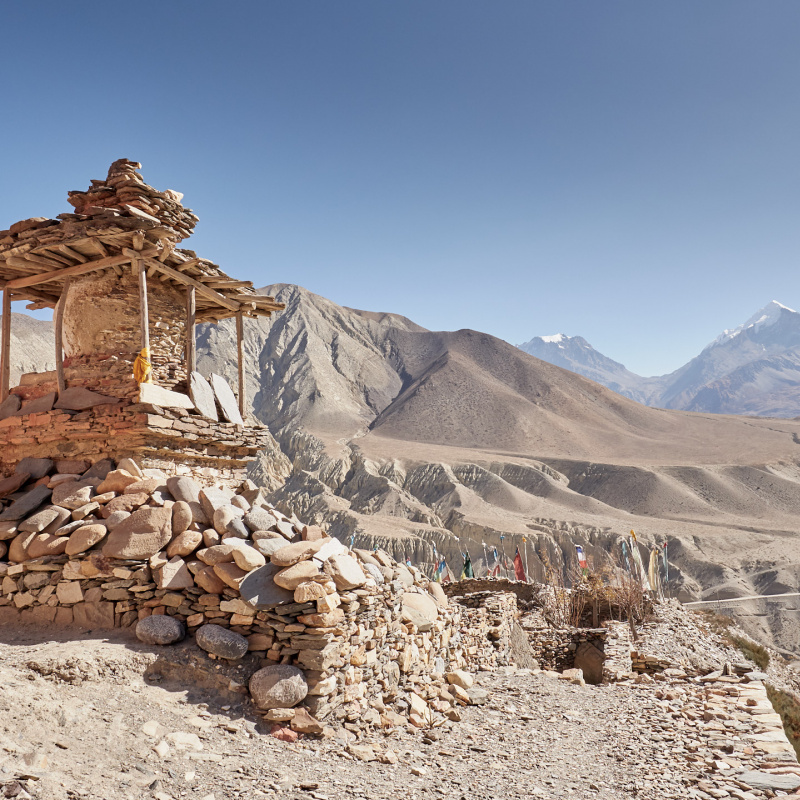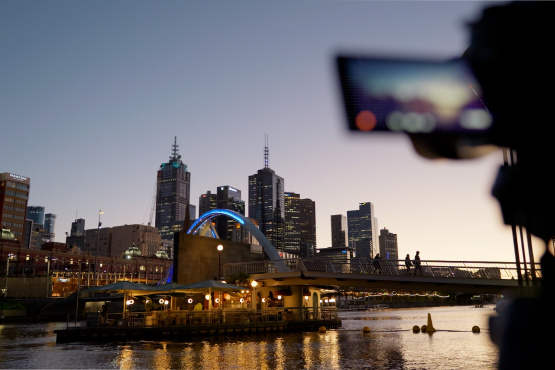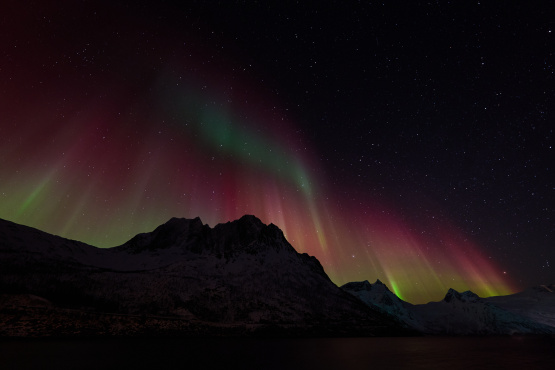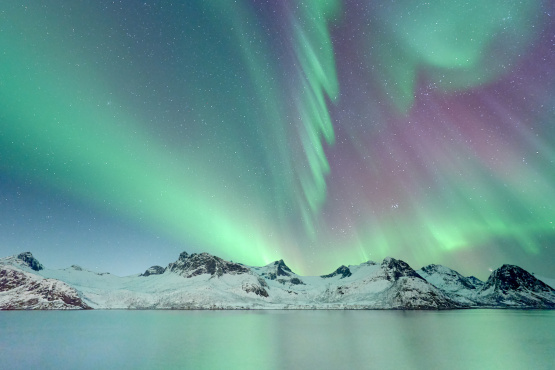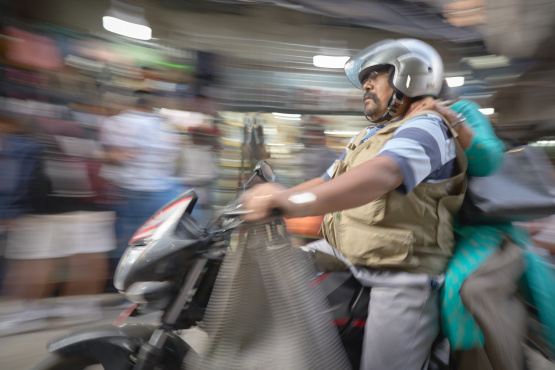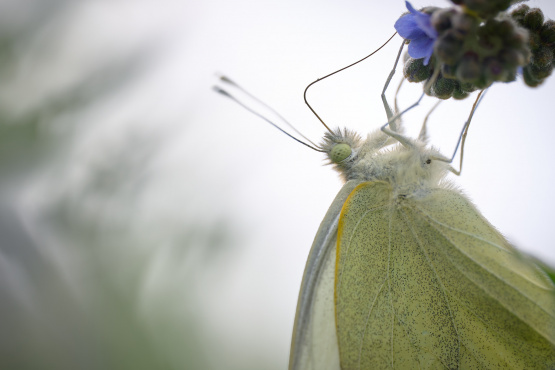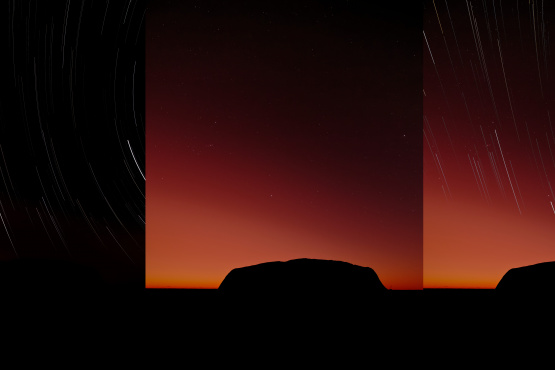Everyone struggles with the idea that they really are creative. We often learn to hide or creative tendencies, if at first they failed to gain appreciation. But ICM (intentional camera movement) is a chance to open that door once again. It's a chance to let yourself be expressive and creative with very very little investment of time or gear. You don't need fancy lenses. You don't need to travel to the other side of the world. You probably don't even need to leave your own home in fact.
CREATIVITY
The great joy of ICM is that anybody can get started on it. There are very few hurdles to overcome. You can be up and shooting in no time, and starting your journey to connecting with your creative potential. That’s the thing for me. So much photography advice these days is focused on “how to do this right”, or they literally offer up clickbait with titles like “You’re doing it all wrong!” That’s not a good headspace to fall into, it really isn't. It’s hard enough to give yourself permission to be creative without a bunch of tubers telling you “you’re doing it wrong!”
If you’re not getting stuff wrong with photography then you’re not trying hard enough.
ICM is a great way to open the door to your creativity. You can fail over and over and over again, and it doesn’t matter. Failing is everything man. Failing is what * I * do best in fact. 99% of being a creative person is just being prepared for failure. And then every so often you find a groove and you end up with something you really like.
To what extent ICM will be satisfying to YOUR creative eye is hard to say. Even harder to guess how your audiences may respond to the less structured and less defined horizons afforded by ICM. I'm not suggesting you're gonna be exhibited alongside the Mona Lisa by following my simple recipe here, but hopefully this might spark an awareness within yourself that creativity is about removing obstacles, not buying a heap of fancy gear. Creativity is also not about being a genius. It happens by process and most of the time we apply a technique only to be disappointed, so we try again and try to refine that process. ICM is exactly that, trial and error with the occasional cheerful success. It's the process that matters, and it’s a process that you can enjoy complete control over.
TECHNIQUE
My focus for ICM is about layering colours. I want to start with minimal hues and mix them together in ways that generate something far more complex. It’s just like starting with a paint board. If you mix a few colours together then lovely things happen. If you mix ALL the colours together, you get a dark heavy mess. So I look for simple colours to work with, and simply apply gentle camera movement to swirl and mix and blend the hues and shapes.
Keep in mind that low contrast is also where a star my journey too. I don't want full sun or high contrast, I want it low and soft and I can always dial up the curve later if I feel the image needs it. But start soft when blending colors.
I love the way ICM creates smooth tones and often unexpected convergence of elements. My technique is to aim for a hint of structure, but wrapped in a blanket of silky movement. That means a slow shutter, ideally between half a second to 2 seconds. In that range I’m getting an opportunity to crank my camera body in various ways that impart movement. Sometimes I shoot one frame at a time, but sometimes I just hold down the shutter and keep flowing with the camera movement for five or ten frames. I rarely get it right the first time.
The resulting images are a surreal keepsake of those places. Within each frame is a little bit of the place, and a little bit of myself. It’s where the two of us come together.
I usually focus on the hues of a building, or moments of unusual texture that can lead to more complex forms when movement is applied. The joy of capturing ICM with a slow shutter is how colours gain complexity and richness. A simple scene with just two or three strong colours can create thousands of hues when movement is applied. One colour layered over another, and another. I end up with such diverse yet nuanced colour palettes that I find myself staring into the shot just taking in all those subtle variations. It’s captivating for me.
An ND filter is essential to my ICM process. It allows me to make long exposures on a sunny day. ND64 (6-stops) is pretty much the right mark for me. I shoot in Shutter Priority and dial-in the speed to suit my mood. 35mm is very much the sweet spot for me. 50mm tends to be too narrow and I miss out on a lot of complexity in the textures, while 20mm can be too wide for this task and hard to tame. It all depends on the scale of your unpolished subject I guess, but 35mm is a good place to start.
It’s important to note also just how much processing your RAW files can impact the expression of colour in these scenarios. Subtle tweaks to the warmth of tint, or mid-tones versus white-point, can really bring out the depth of colours contained within the movement. Sometimes I find myself pulling on a slider in Capture One and then BOOM suddenly the detail and texture hidden within the RAW file is revealed. I love those moments. It’s a little bit of magic it really is.
While leading a recent trip to Nepal I found myself gathering up hues from temples, like baseball cards but this time the shades of colour become the hero of each frame. I especially enjoy the way an ICM capture is both a personal moment with a place, but there’s also a healthy dose of yourself in there too. It’s where you and the location and the moment come together in a visually fluid representation.
As to what movement exactly is required, for me that typically starts with a spin. Predictable maybe? Yes but at the moment I am still enjoying the intersection between hard lines and soft curves. It’s working for me. Rotating the entire camera around through 270 degrees for example is almost a default for me, although the speed of rotation is where I'm finding the really subtle joy in spinning. Spin too fast and I lose too much grit, but spin too slowly and there's not enough cloudiness. The balance between grit and cloudy is where I'm looking for my happy place.
I often just let the shutter keep firing while I spin the camera over and over. I try to keep the lens directed at the same reference point, so the scene spins around a central object, although that spin center can be in the corner of a frame instead of the center. Off center is nice.
For extra complexity I also try pulling backwards while I spin. This creates twirls in the final image. Other times I swish from side to side, or paint wide lavish circles instead. When I look at the back of the camera to see what I have, the things that I tune into are the gradients of tone, whether a little of the structure has been preserved, and also the presence of negative space in the final composition. It’s quite powerful having a calm-patch somewhere in the frame that contrasts to the more wild and chaotic movement elsewhere. It's the balance of these various elements that I'm searching for.
DRY BRUSH
I have used the “painting circles” technique a lot over the decades, mainly with open fires and as an exercise with groups to help folks better understand how aperture and shutter-speed work together. In the dark of night you can set a long exposure even without an ND filter, and the next trick is work out how to tame the brightness of a flame. A roaring log fire shoots very differently to a bed of embers.
The exercise I give my companions is a simple one, and based on a Japanese tradition for calligraphy students – you draw a circle with the brush. That’s it. A circle. It sounds soooooo simple. But think of this circle as a “self portrait”. Because each person will apply different pressure to the brush, or load different amounts of ink, or move faster or slower, the final circle they draw will all be different. Each is unique. Some circles run over themselves, others never complete.
Drawing circles with a camera is the same. It’s a self portrait, and it’s a lot of fun!
DEPTH AND VARIETY
Where the ICM technique gets difficult for me is just how prolific you can be from a very very simple scene. Even with one simple movement you find yourself repeating the attempts over and over, and because you never execute the movement the same way twice you will end up with different outcomes each time. And it’s possible that many of those attempts will produce an image you actually like. And then you try a different movement, and many attempts at that one as well. After just a few minutes you may find yourself with hundreds of potential winners. That’s not the worst problem in the world I guess :)
Not only do you have immense variability in the images you create, but you also have immense flexibility in the interpretation of the RAW files. Tinkering with white balance, saturation or maybe a few gradients to soften some highlights or deepen mid-tones? I find it’s important not only to work the white-balance to bring out the full range of hues, but adjusting the levels for mid-tones is especially critical to reveal the textures that are lurking beneath the main flow of movement.
It’s a bit like processing a waterfall captured with slow exposure. You want to see a few lines of the water in motion, and not just have one big blob of milky white. ICM is not merely about blurry photos, but holding onto elements of detail as well. We want to see the path of motion, and the collisions in the composition.
Here’s where your individual aesthetic really begins to really impact the image. Do you prefer plumped up saturated tones, or washed out pale renditions? Do you lean towards warm cosy hues, or something cool and icy? This is where using the variants in Capture One or Lightroom is very useful. You can clone a copy of the RAW file for editing, then simply follow that creative path and see where it leads. You may then go back to previous images and apply a similar treatment once you settle on a more satisfying treatment style.
STYLE IS SUBSTANCE
What happens if you start tinkering with those colours too much, and end up with an image that no longer connects with the original moment or place? For me this was a very important consideration. I didn’t want to simply generate abstract images, in the same way feeding a few lines of text into an AI tool can do. I’m trying to capture something of the place and hold onto that, so keeping faithful to the hues is very important in the final expression.
So let’s summarise where we’re at...
ND64
35mm
Shutter Priority
0.5 seconds to 2 seconds
Tweak with Exposure Compensation if needed
Low contrast same simple colors are what draw me to the ICM option
Look for a scene with structure then bend it about with movement
Practice a few simple movements. Vary the speed, vary the motion, vary the depth of motion too
Process the RAW files and find your happy place
I think a lot of ICM discussion is centered around strong subjects and adding a little light around that subject. Most people advise you make sure the subject is well defined, and not totally lost. I’m aiming for a much much more gentle result though. I want a bare hint of the original structure. I’m pushing much further towards the abstract, but in search of sufficient depth in the technique where we get an “additive effect” from the colours and shapes. I want more than what I started with.
If that’s happening in a handful of keepers, then I’m very very pleased.
Looking back on some images from this journey is a thrill. I have travelled these parts of the Himalayas so often over the past decade, but I’ve never seen it through the ICM prism before. It’s given me something entirely new to enjoy, and a set of images that I will treasure. Seeing the richness of hues emerge from such simple elements is just marvellous. ICM is a fantastic example of how slow shutter photography enables the camera to see things the human eye cannot.
My only regret is that I didn’t start working on this series a little earlier!

Keep Reading
Join Ewen's newsletter for monthly updates on new photography articles and tour offers...Subscribe Here

